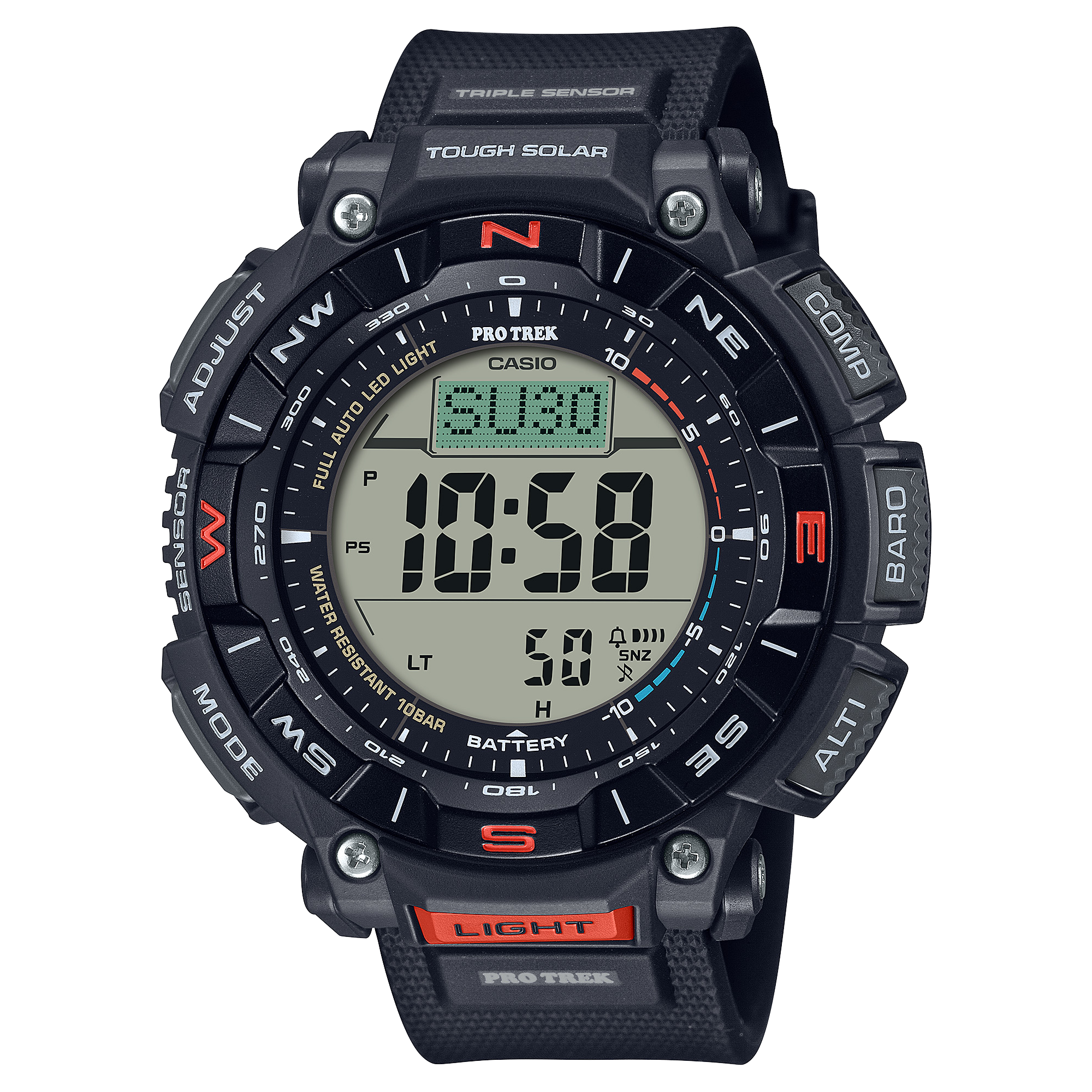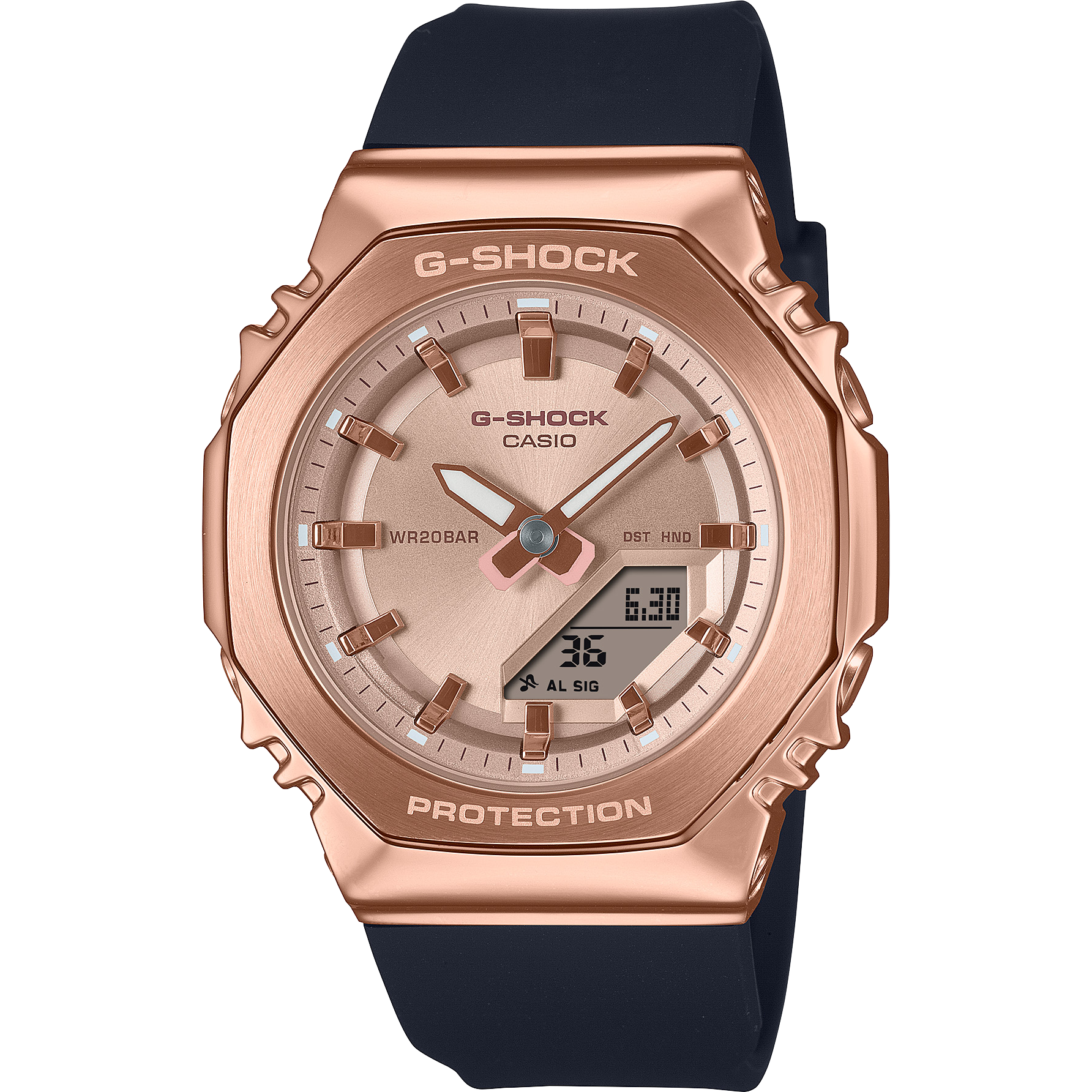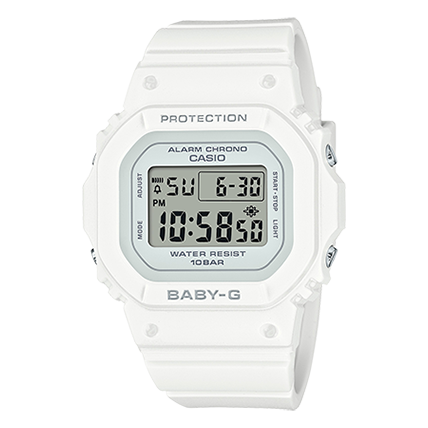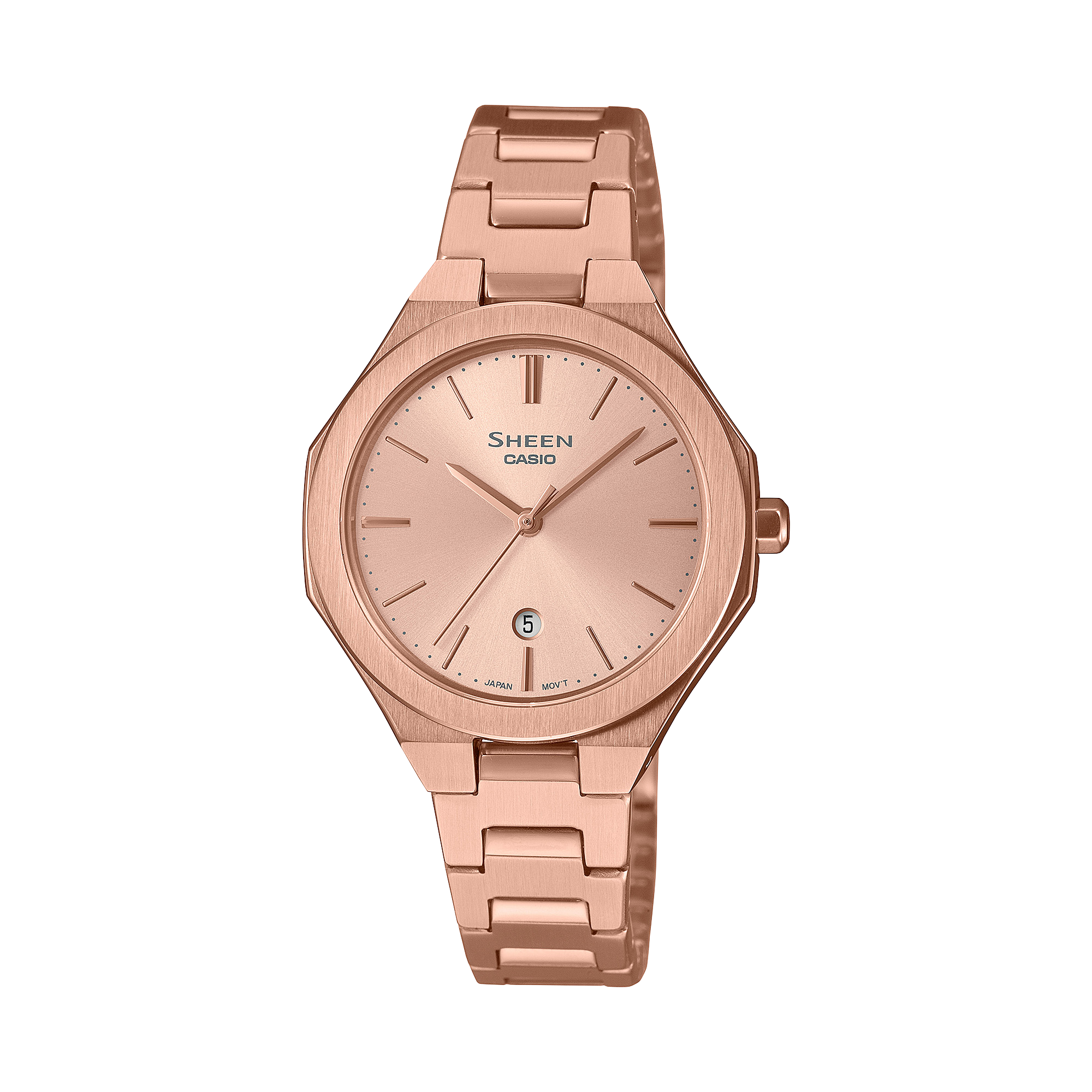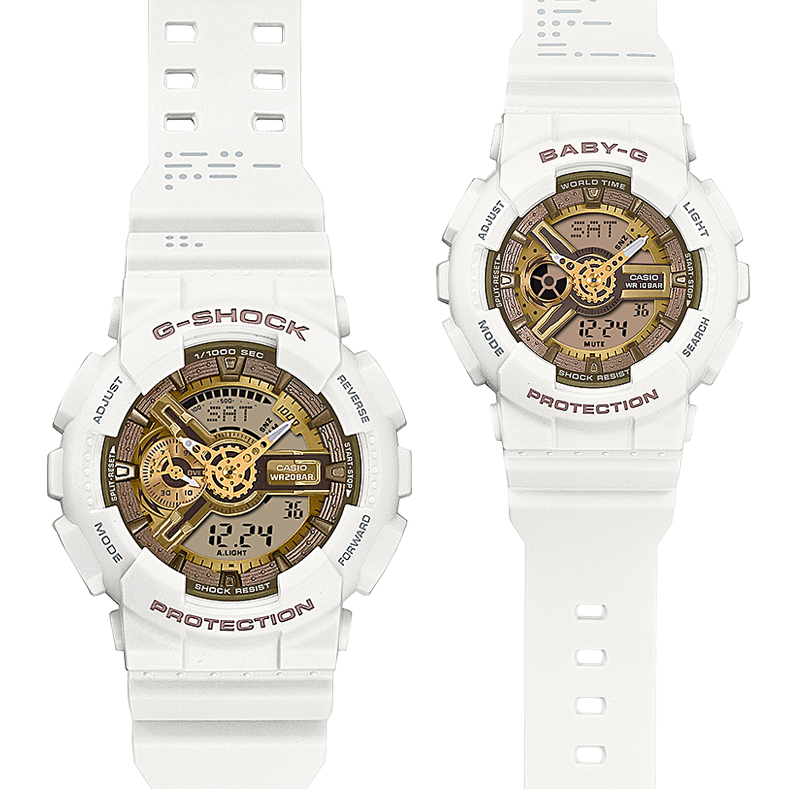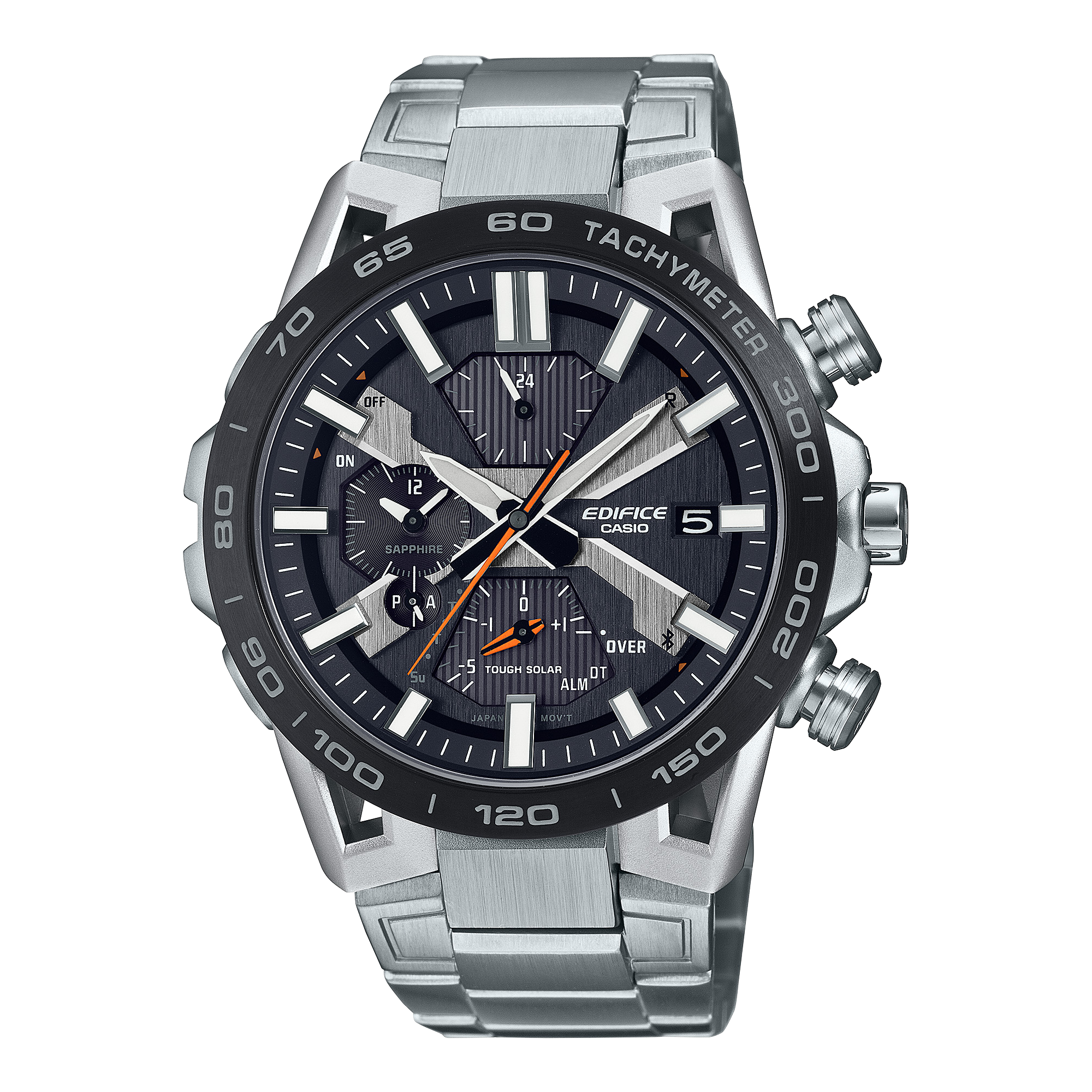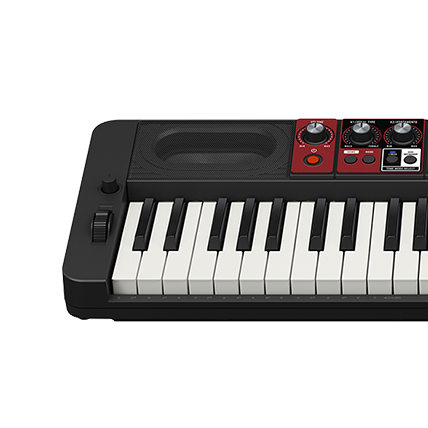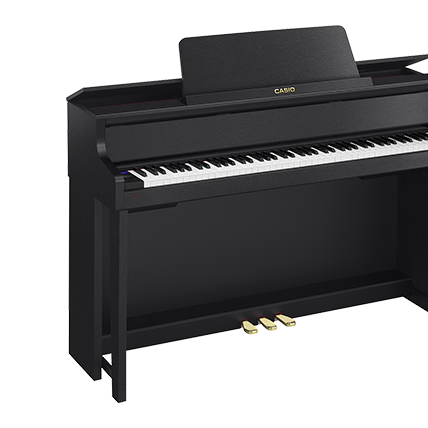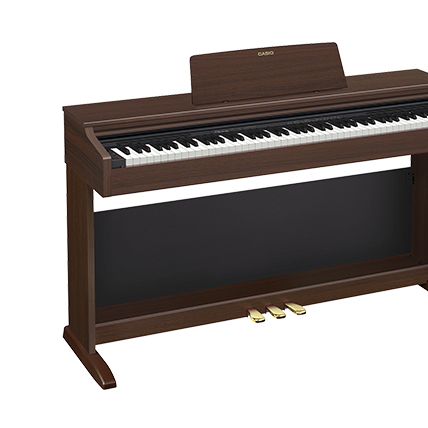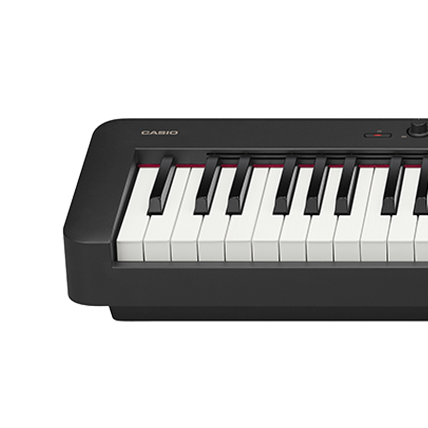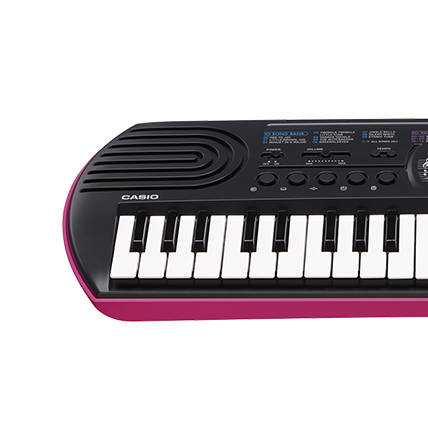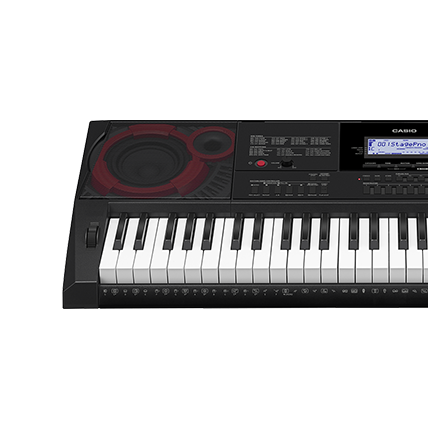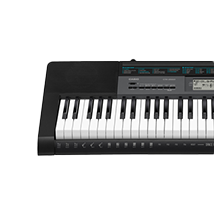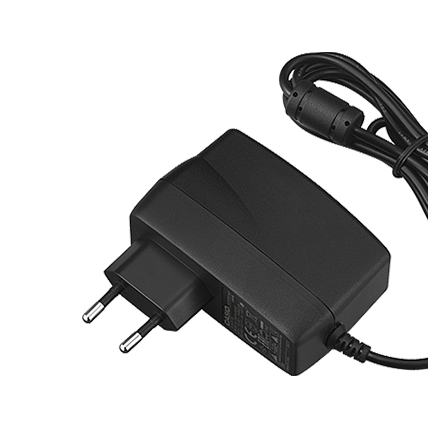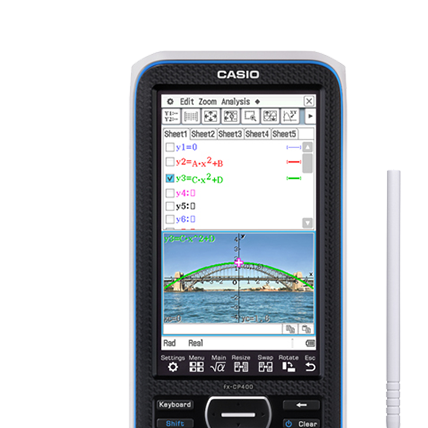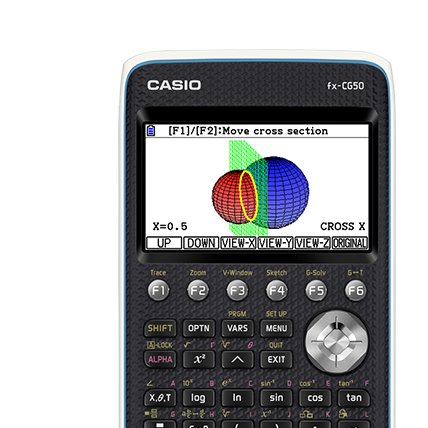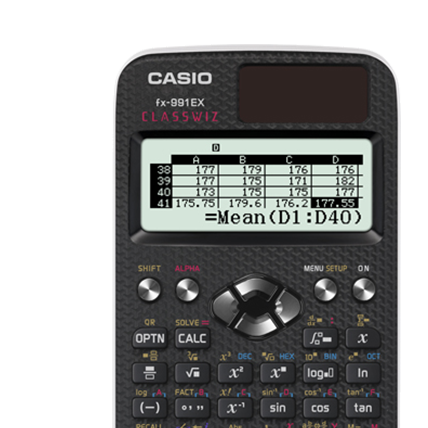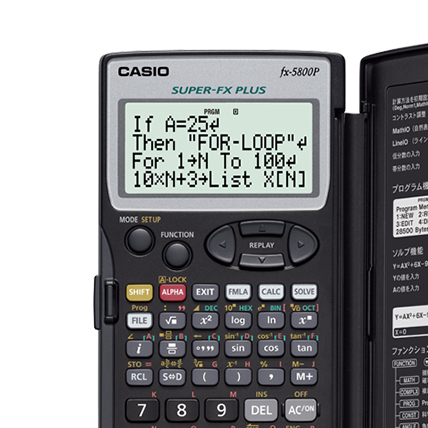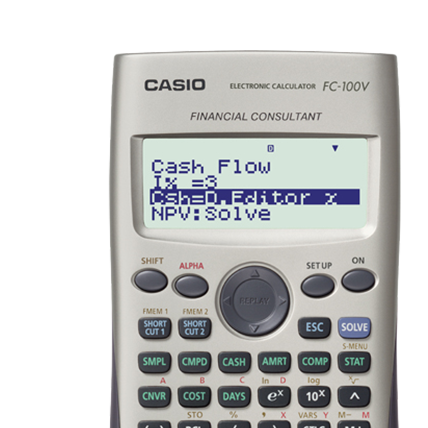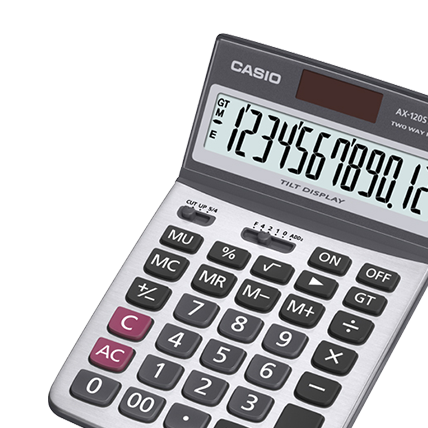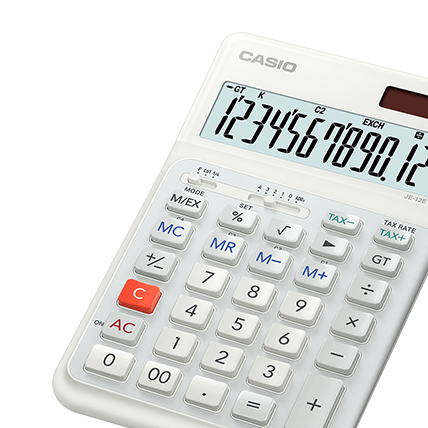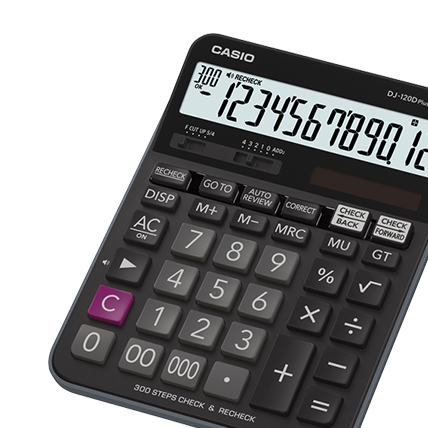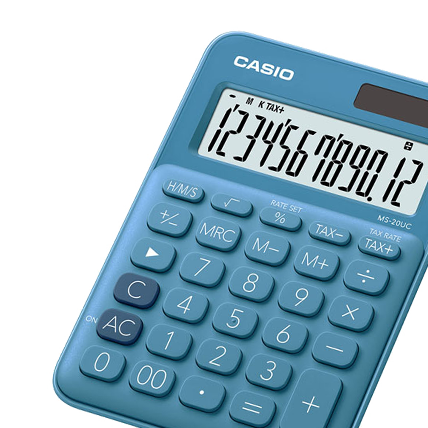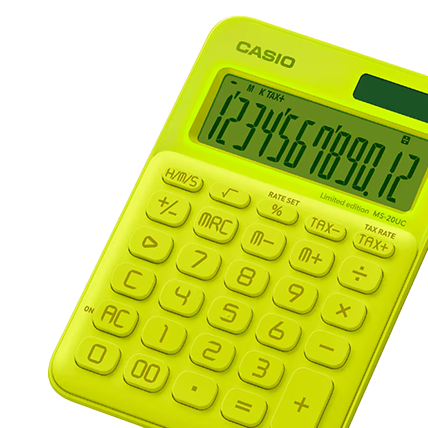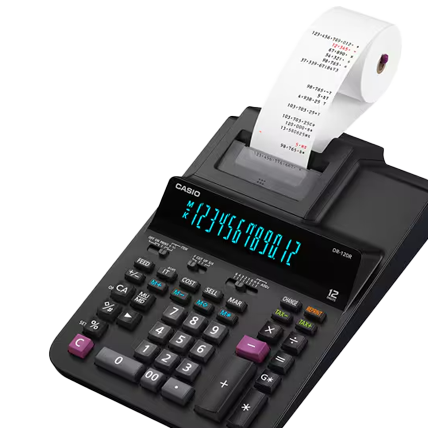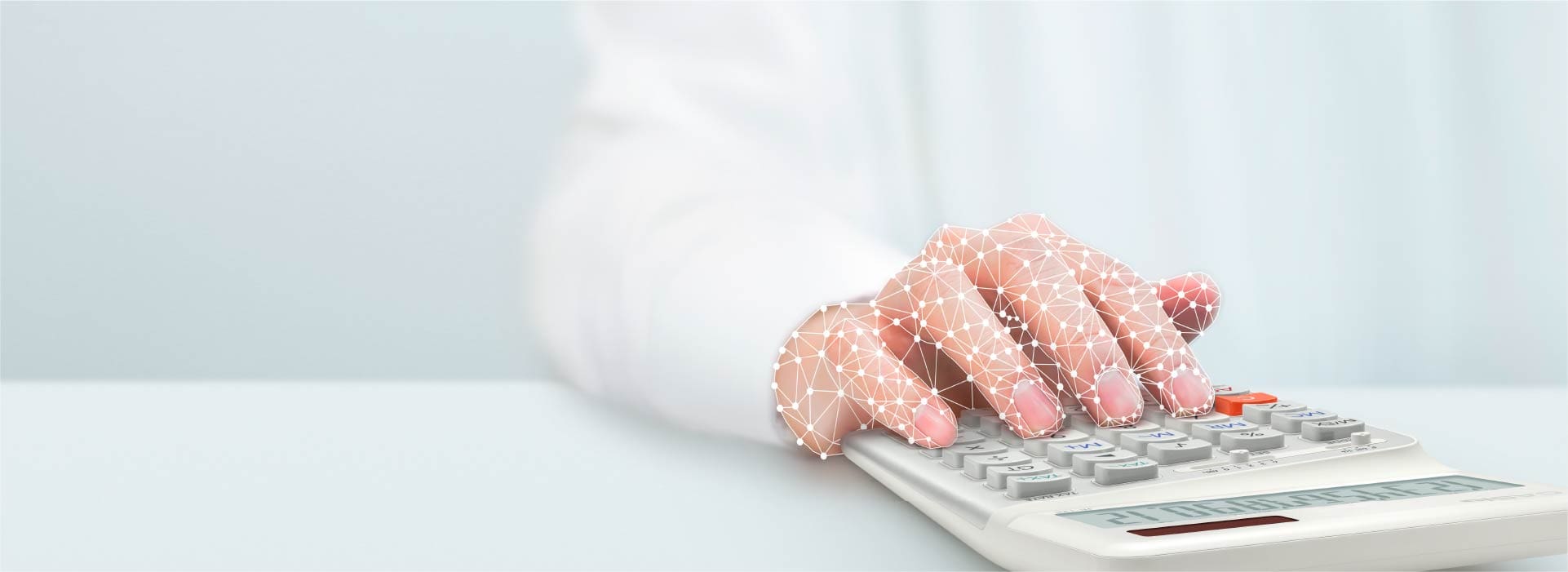All for Users Who Value Easy Key Input
The development of the Ergonomic Calculator was driven by feedback from people who use calculators at work, detailed research, and repeated experiments. Read on for the full story.
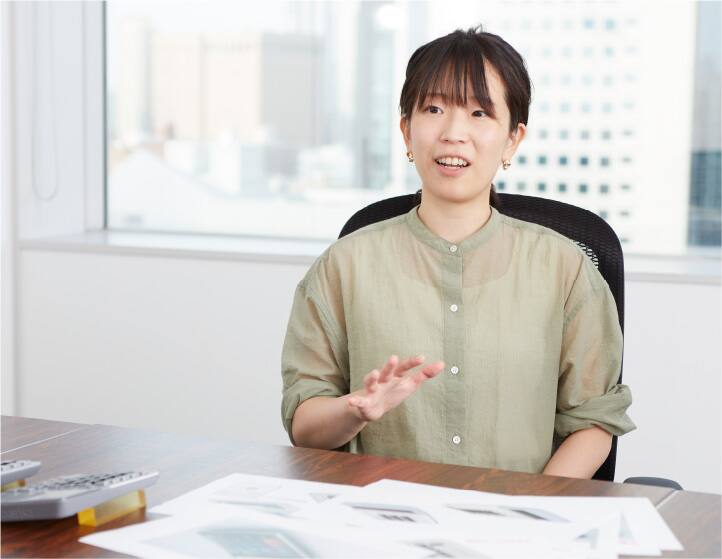
Kanako Kimura
Hardware Section
Products Strategy Department
Education Business Unit
Casio Computer Co., Ltd.

Shunsuke Oka
Design Department
Watches & Wearables
Casio Computer Co., Ltd.
Fact: 75% of calculator users value ease of key input when purchasing a calculator
Is the comfort or ease of key input important to you when purchasing a calculator?
(2021 survey of workers from Tokyo and three prefectures in Japan who use calculators with their right hand, N=513)

Which hand do you use?
(2020 survey of workers from Tokyo and three prefectures in Japan who use calculators, N=2,034)

How many fingers do you use?
(2021 survey of workers from Tokyo and three prefectures in Japan who use calculators with their right hand, N=513)

* Contracted survey conductor: ASMARQ Co., Ltd.; Survey method: Internet research
What is it that users are looking for in a calculator? A survey revealed that 75% valued ease of key input when purchasing a calculator. This shaped the basic research question: “What factors make key input easy on a calculator?” Thus began the project to develop a calculator that would deliver even better operability for heavy users who punch the keys with three to five fingers of their right hand.

In an age when there are many calculator apps available, users still value the easier key input of a physical calculator. This project gave me a renewed sense of how valuable that is. The Casio Heavy Duty Calculator line had already been favorably received for its ease of key input and high quality. So, the mission of this new project was to come up with a new way to deliver ease of use.
Thorough analysis of what happens to the hand and fingers, done with a specialized institute

Specialized equipment, including motion capture cameras and 3D force sensors, was used to capture objective data
• Movements and positions of hands and fingers
• Direction in which keys are pressed
A document review showed that Casio calculator key design has typically been based on interviews, ISO keyboard standards, and so on. Kanako Kimura had a different idea. She wanted to add an objective approach to the subjective and intuitive evaluations, in order to unlock the secret of easy key input. One of Japan’s largest research institutions, the National Institute of Advanced Industrial Science and Technology (AIST), was happy to come on board. The two partners thoroughly analyzed what happens to the hand and fingers when using a calculator.
* Developed based on joint research conducted with the National Institute of Advanced Industrial Science and Technology (AIST)

We didn’t want to just create another new product, so we really thought about what should change, and what should not. Looking back to the very first Casio calculator released in 1957, the 14-A, I referenced company newsletters and brochures to learn about what the design intentions were for the size and arrangement of keys, and so on. I even interviewed some of the original developers to understand the meaning behind the existing design. All this was before we started the research with AIST.
Close attention to calculator users’ hand positions led to an all-new concept: a sloped keypad surface


Testing the operability of calculators with differently sloped surfaces — from 0° to 9°, at 1° intervals
Analysis of a vast dataset, including details of hand and finger positions and movements, keystroke speeds, and key weighting, provided clues about what makes key input easy. A common feature among test subjects emerged: even as the calculator remained horizontal, the user’s hand tended to angle outward. The hypothesis, then, was that sloping the calculator to align its surface with the user’s hand could enhance the ease of key input. After testing multiple prototypes with different angles, it became clear that sloped surfaces fit the user’s hand better and offered improved usability.

“Should help reduce input errors”
—Man in 50s

“Seemed easy to use without even looking at the buttons”
—Woman in 30s

“Felt naturally aligned with my hand and very comfortable to use”
— Woman in 30s

“Such smooth key input with minimal finger movement”
—Woman in 30s

It is a well-known fact in ergonomics that an angled hand position is natural. Yet that knowledge had never been applied to calculator design! In eventually determining the ideal slope, we not only considered ease of key input, but also ensured the appearance would be fitting for a calculator.
Sloping the keypad surface, but not the keys themselves: Repeated testing led to the Ergonomic Step Keys
Point 1
Calculator is used with right hand angled

Point 2
Keystroke direction stays vertical
Further experiments led to another major discovery: the keystroke direction always stayed vertical, even if the calculator was sloped. This is the secret of the Ergonomic Step Keys, which have been kept vertical even though the keypad surface is sloped. As the function layout of the Ergonomic Calculator began to fall into place, it was time to incorporate this new insight into the design.
A person-centered, friendly design with a soft, rounded overall look
Illustrations were used to review the calculator’s image, and mockups to assess its 3D form. The number of design possibilities was too vast to describe here.


Kimura talked with Shunsuke Oka about the basic concept, and then Oka added his creative touch to the product design concept for the Ergonomic Calculator. At first, he thought about giving it a more angular look, resembling a gaming mouse or keyboard, but eventually he arrived at the soft, rounded design.

When the request first came in, I was excited to get to work on an “epoch-making design” with a drastically different concept than the conventional calculator. I considered various ideas, but finally settled on a “person-friendly” design, based on Kimura’s phrase: “Making the calculator fit the person, not the person fit the calculator.” I used curves to create a design with a soft, rounded overall look.
Ergonomic Calculator Design Process
1. Smoothing the gap between the keypad surface and the LCD

Figuring out how to attractively smooth out the difference in heights caused by the sloped keypad surface was the trickiest part, says Oka. He worked through multiple proposals—-from accentuating the height difference to trying various methods of adding slope.
2. Design themes for the calculator shape

The next task was to determine the overall theme for the shape of the calculator. Oka explored different ways of shaping the face of the calculator—from giving it a linear form to highlight the newness of the design, to incorporating curves to soften the look.
3.Shapes of corners and edges

Oka put a lot of passion for detail into shaping the corners and edges of the calculator. He made countless 3D printer models to confirm precisely which shaping best fit the intended image.
4.Pattern on the back of the case

The pattern on the back of the case, of course, influences how easy the calculator is to hold. The ripple-patterned grooves offer a good grip from any direction.
5.The final form

Looking to create a design that was pleasing to both the hand and heart, Oka ultimately achieved a wonderful balance between the calculator’s asymmetrical structure, driven by ergonomic theory, and its soft, rounded form, which maintains a natural look and feel.

Despite the difference in heights, the keypad surface and LCD had to fit together nicely to achieve a presentable product design. That was the key challenge. I put a lot of time and effort in before finding the ideal solution. The next-trickiest part was the grooves on the back of the case. The depth and width of the grooves affect how the calculator feels in the hand, so I tried various options before settling on the best. The core concern in everything I did was making sure the design would look and feel familiar as a calculator while also presenting the product as very fresh and new. My aim was to create a fitting design for a calculator meant to fit people.

The Ergonomic Calculator: Created to make day-to-day calculations smooth and easy
The Ergonomic Calculator is the result of four and a half years of determined development since April 2018. It is the crowning achievement of an ambitious effort to make key input easier than ever before for people using three to five fingers of their right hand. The developers offered a few final words as they prepared to send their new offering out into the world.

I truly wanted to create a better calculator, made to really fit people and their needs, even as I knew there were many different options already out there. I hope this calculator will be used by a good number of people of all ages and occupations who need to make calculations in their work. Typically, when people have to use a calculator, they may feel a bit tense, even if it’s for a short time. If our new design makes time with a calculator any more efficient or comfortable for people, that will make me really happy.

Is anyone but Casio putting this much passion into calculator design and ease of key input? I really hope you try one so you can experience what sets Casio calculators apart from all the rest. I hope people will discover for themselves each of the ideas that went into making this calculator so easy and pleasant to use.
Developer interview


